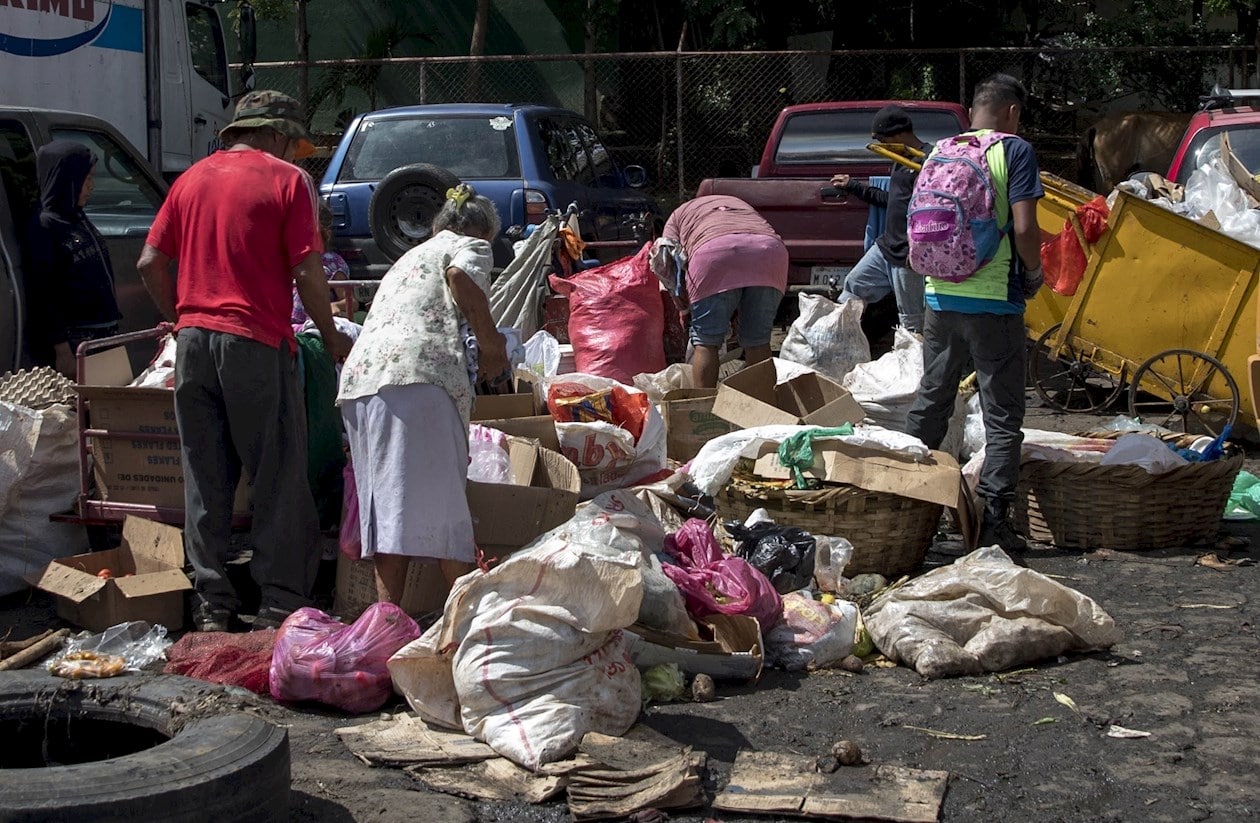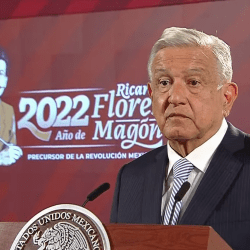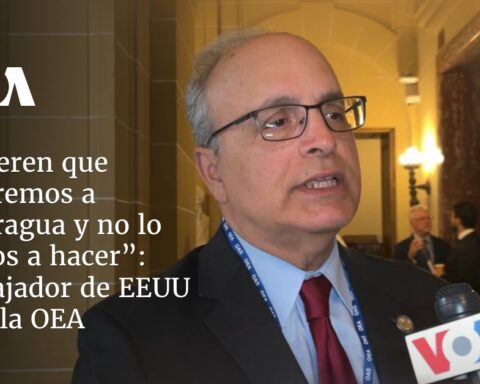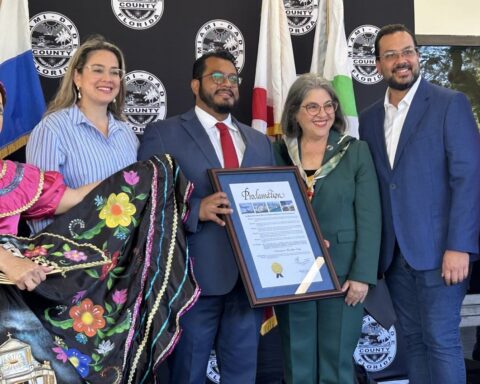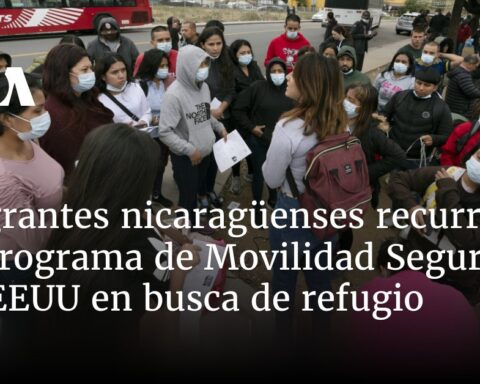The Economic Commission for Latin America (ECLAC), revised upwards its growth forecast for the Nicaraguan economy for 2022: yes in January it declared that it would be 3.0%Y in June it lowered it to 2.5%its Economic Survey of Latin America and the Caribbean, 2022, puts the country back on a path that would lead the gross domestic product (GDP) to grow 3.0%… although the indicators for employment and wages will not grow as much.
According to him President of the Central Bank of Nicaragua (BCN), Ovidio Reyes, the economy grew 4.9% in the first half of the year, so they maintain the forecast released last January, which sees GDP growing between 4.0% and 5.0%. Reyes also acknowledges that now, the economy works with fewer employees.
The ECLAC Report cited above also indicates that Central America will grow 4.2%, while for Latin America and the Caribbean it forecasts a moderate 2.7%. Prior to Russian aggression against Ukraine, the projections indicated that world GDP would grow 3.1%, and that of the United States, our main trading partner, would do so at a rate of 4.0%. The new calculations show a forecast of 3.1% for the global economy, and only 1.7% for the US.
Although the experts from the Economic Commission did not indicate why they raised the growth forecast for Nicaragua again (their report covers all the economies of the continent, and they only specify certain details for each country), they do explain that the price of fertilizers rose more than 450% (when compared to its price in January 2006, which is the base year used for the calculation), while in the same period, the average price of food such as those we export has barely grown by more than 250% .
One of the elements that drives our economy upwards are the foreign flows received as family remittances. A comparison made between various countries in the region shows that only Paraguay and Nicaragua maintained increasing amounts of remittances received between 2020 and 2022.
In the case of the South American nation, its percentage increases are rather symbolic, but between January and March, Nicaragua shows steady growth, which was close to 30% according to the study. Data from the BCN show that 1396.2 million dollars received at the end of the first semesterwere 35.5% higher than the same period last yearwhich is a consequence of the increase in the flow of migrants fleeing persecution and poverty, to the United States and Costa Rica mainly.
Employment and wages remain stagnant
the rise of 10.3% measured in 2021plus the 3.0% forecast for 2022, would allow the Nicaraguan economy to be part of the half of the continent that will have exceeded the GDP levels observed in 2019, before the pandemic: slightly more than 10% -only surpassed by Guyana- although In the case of Nicaragua, it is explained by the poor performance between 2018 and 2019, as a result of the government repression against the citizens that led the April Rebellion.
ECLAC also refers to a phenomenon that has been observed for several quarters, and that is that the growth of the economy is not accompanied by a similar increase in employmentnor in real wages.
The data indicates that as of the fourth quarter of 2021, “the vast majority of countries had recovered the GDP they had before the crisis”, but in many countries this was not accompanied by a return to pre-pandemic employment levels. , where “the drop in the number of employed was more pronounced than that of GDP”.
In countries such as Brazil, Chile, Colombia, Costa Rica, Jamaica, Mexico, Nicaragua, Peru and the Dominican Republic, “the curve that reflects the evolution of employment is almost always below the curve that indicates the behavior of economic activity ”, which begins to have overtones of already being an endemic behavior.
The 10.3% measured last year, allowed the 14,013 million dollars in which the GDP of 2021 closed to exceed the 13,786 of the -until then- record year of 2017, but the same did not happen with employment: according to ECLAC, the occupancy rate, which was 70.8% in 2017, had its lowest point (64.4%) at the end of 2021, and showed signs of recovery in the first quarter of this year, reaching 66.1%.
Additionally, it is explained that as of the fourth quarter of 2021, real wages were the equivalent of 98.4% of what was observed at the end of 2019, which were already very low. If in 2018, the real average salary was 14.1% higher than the base year (2010), at the end of 2021 it was only 11.8% higher than the same base year. By contrast, inflation YoY closed the first half at 10.2%, which is almost 2.5 times higher than the 4.1% observed in June 2021.
In defining the challenges of the region’s macroeconomic policy, in a context of domestic and external restrictions, ECLAC determines that it is necessary to balance macro objectives such as boosting sustainable growth, mitigating inflationary pressures, generating quality employment, reducing poverty and inequality, which makes it “urgent to boost investment. This requires greater coordination between fiscal, monetary and exchange policy, and taking advantage of the set of tools available to the authorities”.

